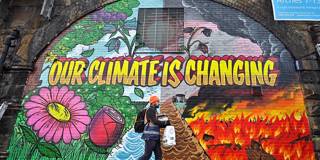
How to End Climate Failure
As COP26 showed, the system in place to address climate change is unsuited to meeting current global goals. Achieving the necessary collective mobilization will require leaders to follow the late Nobel laureate economist Elinor Ostrom’s core principles for managing the commons effectively.
BERLIN – The world failed at last month’s United Nations Climate Change Conference (COP26). And the biggest failure is one that virtually everybody assembled in Glasgow overlooked. The system in place to address climate change – comprising a constellation of economic, political, and social arrangements – is inappropriate to our global goals.